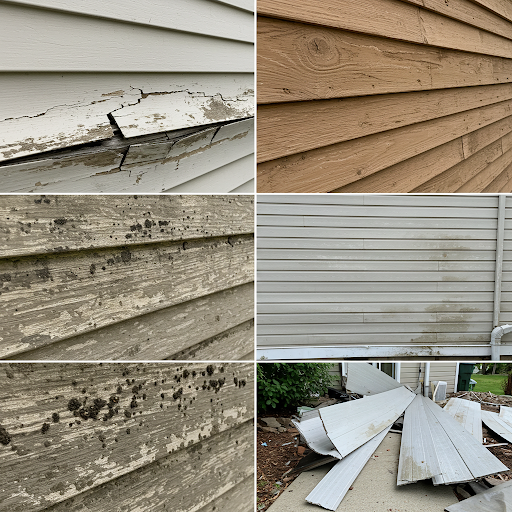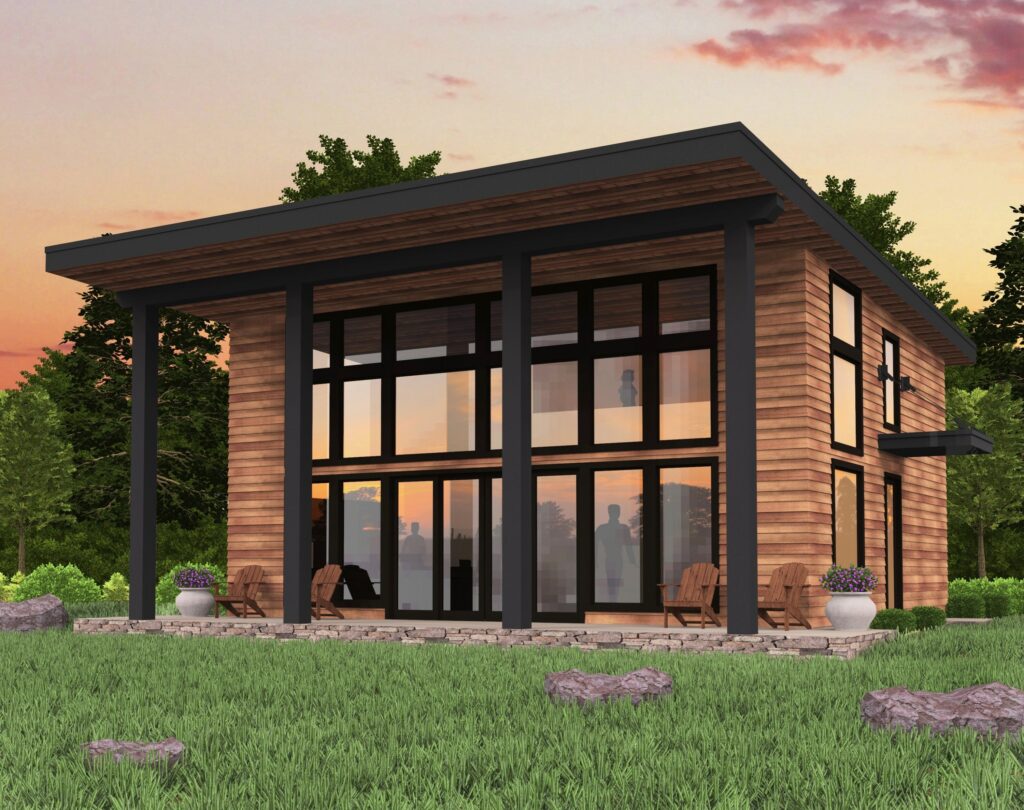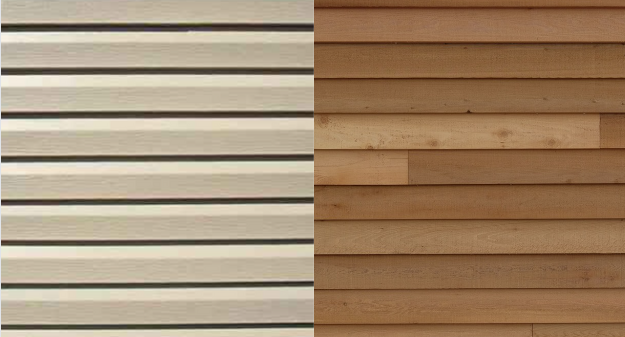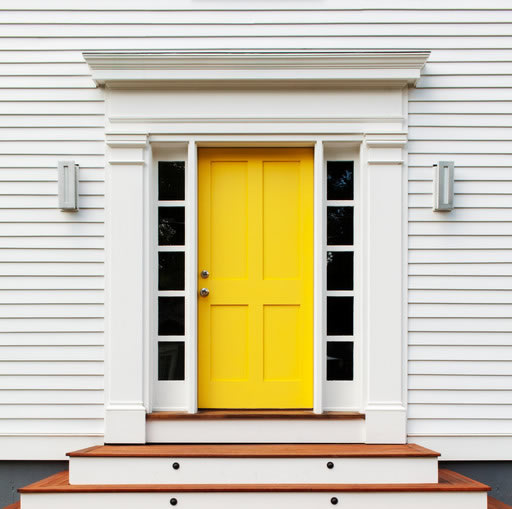Cracks and Gaps

Siding is your home’s first line of defense against the elements, playing a crucial role in protecting your property while enhancing curb appeal. Over time, however, even the most durable siding can experience wear and tear due to weather, age, or improper installation. Recognizing common siding problems and knowing how to address them can save you money and prevent more serious issues. Below, we’ll explore five common siding problems and offer practical solutions to fix them.
Cracks and gaps in siding are a common issue caused by weather fluctuations, impact damage, or general wear over time. These openings not only compromise the siding’s appearance but can also allow moisture, pests, and drafts to enter your home. To fix minor cracks, use a high-quality caulk to seal the gaps and prevent further damage. For larger cracks or significant damage, you may need to replace the affected siding panels entirely. Regular inspections can help catch cracks early before they worsen.
Warping and Buckling
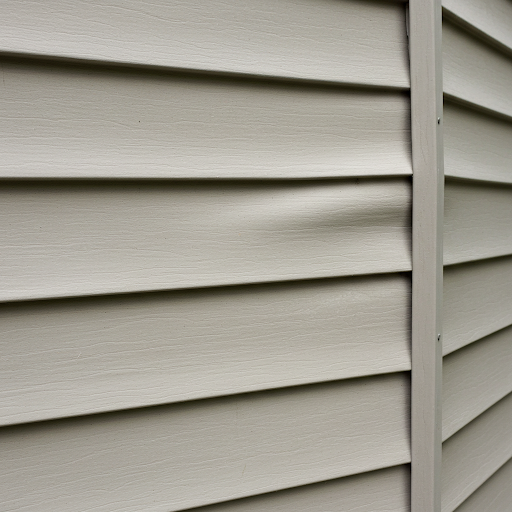
Warping and buckling often occur when siding is exposed to extreme heat or when it is installed incorrectly, such as being nailed too tightly to the wall. Vinyl siding, in particular, is prone to this problem because it expands and contracts with temperature changes. If you notice warping, the best solution is to replace the affected panels and ensure proper installation techniques are followed. Leaving space for natural expansion during installation can prevent buckling in the future.
Mold, Mildew, and Rot
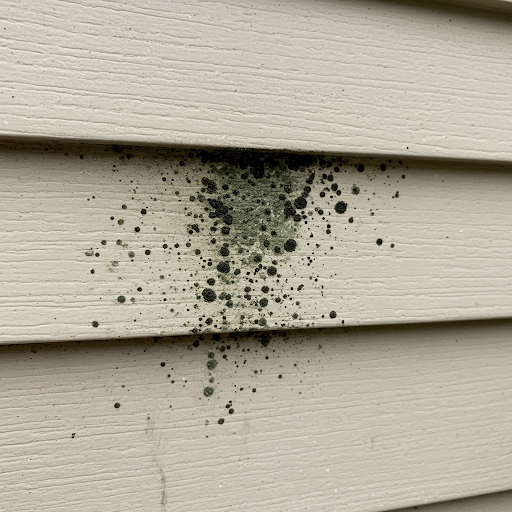
Moisture is the enemy of siding, especially in climates with high humidity or frequent rain. Wood siding is particularly susceptible to mold, mildew, and rot, but even vinyl or fiber cement siding can develop mold if water is allowed to collect behind the panels. To address this issue, first clean the affected area with a solution of water and mild detergent or a specialized siding cleaner. For rotted wood, replace the damaged sections and consider sealing your siding to make it more resistant to moisture. Regular gutter cleaning and ensuring proper drainage around your home can also help prevent mold and rot from forming.
Fading and Discoloration
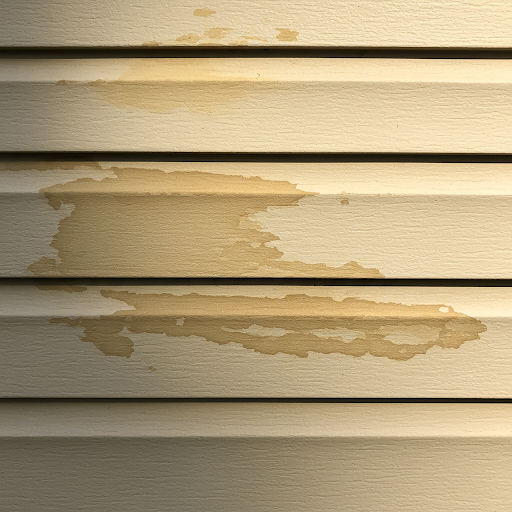
Over time, exposure to UV rays and harsh weather conditions can cause siding to fade or discolor, especially with materials like vinyl or wood. While fading is often cosmetic, it can detract from your home’s curb appeal. To restore the look of your siding, consider repainting or staining it. However, this solution works best for wood, fiber cement, or certain types of engineered siding. For vinyl siding, replacement may be the only option for restoring vibrant color. Choosing siding with UV-resistant coatings or investing in materials designed to withstand fading can help maintain your home’s appearance for longer.
Loose or Missing Panels
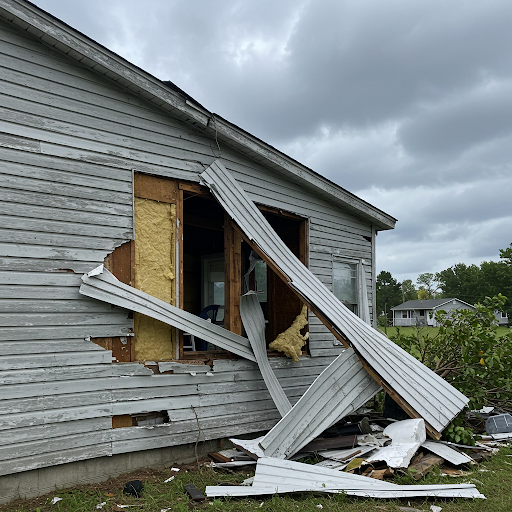
Strong winds, storms, or improper installation can cause siding panels to become loose or fall off entirely. This not only exposes your home to potential damage but also affects its insulation and appearance. To fix loose panels, you’ll need to secure them back into place using a zip tool or reinstall new panels if the old ones are damaged beyond repair. If multiple panels are missing or damaged, it may be more cost-effective to replace an entire section of siding rather than patching individual pieces. Regularly checking for loose panels after storms can help you address issues promptly.
Preventing Siding Problems
While these common siding problems can be fixed, prevention is always the best approach. Regularly inspecting your siding for signs of damage, cleaning it to remove dirt and debris, and ensuring proper installation can significantly extend its lifespan. Investing in high-quality materials that suit your local climate can also help reduce the likelihood of these issues arising in the first place.
When to Call a Professional
While minor siding issues can often be handled with DIY solutions, some problems require professional expertise. If you’re dealing with extensive damage, persistent mold, or widespread warping, it’s best to consult a siding professional to ensure the problem is resolved correctly and prevent further complications.
Siding plays a vital role in protecting your home, so addressing problems as soon as they arise is essential. By staying proactive, you can maintain your home’s exterior, preserve its value, and ensure it continues to stand up to the elements for years to come.
